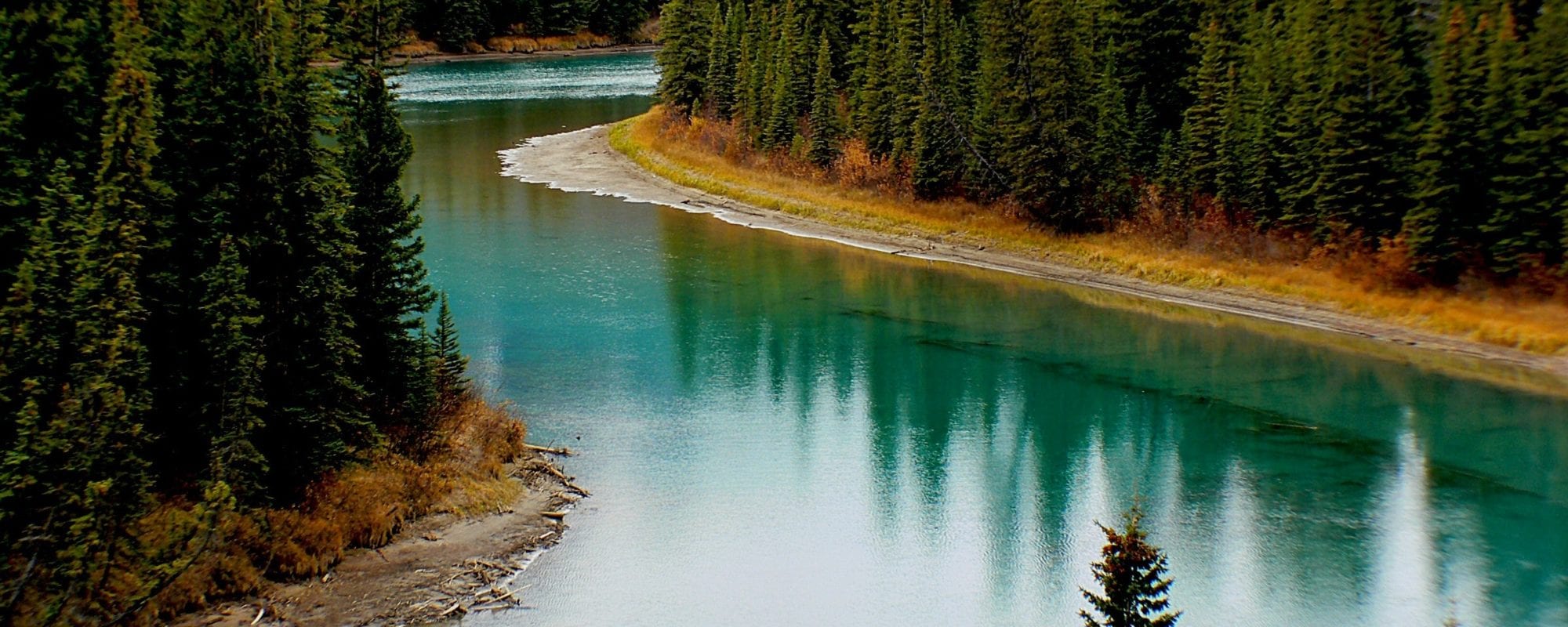After the assembly, I talked with some student leaders. They’ve run a successful e-waste drive and have a water walk coming up for the school’s Water Week.
“What is the expected impact of your water walk?
What do you consider to be success?
How do you intend to measure success? Is it the number of dollars raised? Is it the number of participants? Is it the awareness of water issues?
How do you measure the improvement? Is it the reduction of water use in the school?” I asked the student leaders.
Blank faces. Bright, curious eyes. I’m thrilled. This is why I’m here.
This is a good starting point. Young people are smart. They’re not going to continue putting labour into fruitless projects.
If we don’t want high-school sustainability projects to be empty exercises, we need to start equipping our students with the ability to turn innovative ideas into impactful long-term projects.
And that’s what we hope to do. For every school we visit, we challenge students to solve their community’s biggest sustainability challenge. We help students identify, analyze, and develop solutions to their community’s biggest sustainability challenge. In turn, our full-time sustainability project consultants across Canada provide mentorship for all interested students.
Sincerely,
Steve

